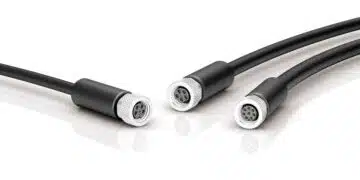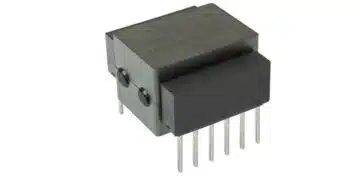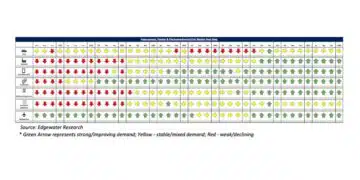In this Würth Elektronik webinar we will offer you insights into HDI PCBs for Harsh Environments:
- the failure mechanisms of PCBs under harsh operating conditions
- the influencing parameters for robustness in the design of HDI PCBs
- the advantages of test-based verification of reliability
- the development support provided by Würth Elektronik as a solution provider
What influences does a PCB see during use?
Which design decisions often have a serious impact on the robustness of an HDI PCB?
Every printed circuit board is a complex construction made from a wide variety of materials and manufactured using a multitude of processes. They are utilized for a wide variety of applications in different reliability classes. Understanding the interrelationships and knowing the possibilities for influencing PCB design are the necessary foundations for being able to develop and to have reliable PCBs manufactured.
Reliability Through Teamwork – Designing and Testing HDI PCBs for Harsh Environments
High-Density Interconnect (HDI) Printed Circuit Boards (PCBs) are integral to modern electronics deployed in demanding environments. This white paper presents comprehensive insights into the factors influencing PCB reliability, including mechanical stress, thermal cycles, moisture absorption, harsh environmental conditions, and interconnect stress testing.
1. Introduction
Reliability in electronic circuits, especially HDI PCBs, is critical for industries ranging from aerospace to industrial automation. This paper explores methodologies to enhance PCB durability through meticulous design, material selection, and rigorous testing protocols.
2. Defining Reliability
Reliability is defined as the ability of a system or component to perform under specified conditions for an intended period. This section discusses challenges in defining operational conditions and expected lifespans, emphasizing variability in end-user environments.
3. Factors Affecting PCB Reliability
- 3.1 Moisture Absorption: Explores how PCB materials like epoxy absorb moisture, impacting electrical performance. Design-dependent critical moisture levels are analyzed, along with mitigation strategies such as drying processes and moisture-resistant packaging.
- 3.2 Harsh Environmental Conditions: Discusses the impact of sulfur, chlorine, and industrial pollutants on PCB corrosion. Protective measures, including conformal coatings and sealed housings, are recommended.
- 3.3 Mechanical Stress: Examines stress from thermal expansion mismatches between materials. Case studies highlight design alterations that mitigate stress-induced failures.
- 3.4 Thermal Stress: Details thermal cycling tests, revealing the correlation between temperature fluctuations and material degradation. Emphasis is placed on selecting materials with compatible thermal expansion coefficients.
4. Testing Methodologies
- 4.1 Interconnect Stress Testing (IST): Describes IST protocols for assessing via reliability under thermal and electrical stress. Data from over 6,000 tests validate process stability and design robustness.
- 4.2 Dielectric Strength and CTI Testing: Evaluates dielectric breakdown voltage and comparative tracking index, emphasizing the limitations of scaling lab data to real-world applications.
5. Design Strategies for Enhanced Reliability
- Optimizing PCB thickness for improved stress distribution
- Strategic placement and use of non-functional pads based on empirical test data
- Material selection guided by environmental and operational requirements
6. Conclusion
Reliable HDI PCB design necessitates a holistic approach that integrates material science, mechanical design, and thorough testing. By understanding and addressing the multifaceted challenges outlined, manufacturers can significantly enhance product longevity in harsh environments.































